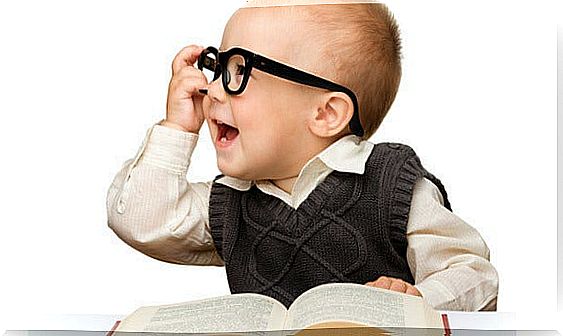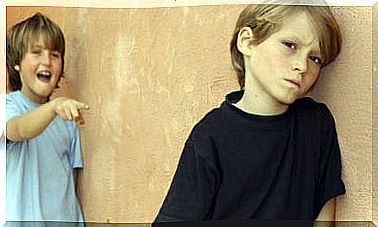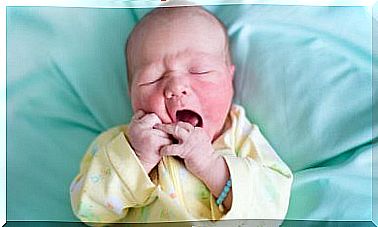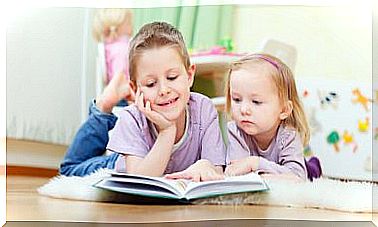What Is The Ideal Age To Learn To Read?

What is the right age to learn to read? It is a question whose answer will depend on the abilities acquired by children and their maturation. Rushing or pressuring them can backfire and even lead to frustration.
The first thing: knowing how to speak
The first requirement is that the child has a basic command of language. That is, that he knows how to speak and understand what he hears.
Maturity is another aspect that must be considered, since the child may not be in a position to assimilate this type of learning. Therefore, learning to read requires adequate psychological and cognitive development to start this process.
From the beginning of the first sounds until reaching clarity of expression through language, time passes. This will be more or less long, it will depend on each child. Written language requires high intellectual development and the child must be able to cope with it.
¿ What is the minimum age to learn to read?
From three to five years of age, the first contacts with written language can occur. Strokes, games, drawings, knowing some letters or words – such as names – can arouse the child’s interest in written language. Recognizing some signs and starting to handle the pencil is more than enough at that age.
The usual thing is to initiate the child in literacy activities at the age of six. Based on your capabilities at the time, you could get ahead.
The issues to take into account for a child to start learning to read are:
- Motor coordination.
- Visual organization.
- Broad vocabulary.
- Ability to listen.
- Interest to learn.
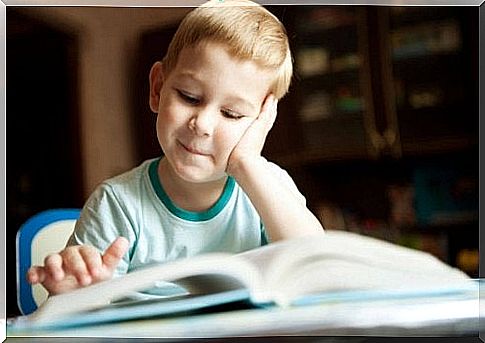
Is early stimulation counterproductive?
In today’s world everything goes faster, and children too . This is an era of constant stimulation, each day earlier.
However, advancing certain processes can be counterproductive. Frustration can appear and trigger comprehension and expression problems that manifest themselves around the age of 12.
Going from oral to written language implies a leap. From one sound after another one changes to one sign after another; this can be confusing and too abstract for the little one. As a consequence, advancing the processes could demotivate the child.
The beginning of graphomotor skills
Both the traditional and the constructivist methods set the starting period for graphomotor skills at three years. This practice of writing movements or teaching words has been applied since the period of early childhood education.
Motivation is essential
Motivation is a responsibility of parents and teachers and is the determining factor for the achievement of the objectives. The important thing is that the child does not feel pressured. Around five years of age, the child is able to adapt to routines, develop social skills, play and work in groups. Everything can be achieved, but without impositions.
Imitation is a common practice in children. They may become interested in reading or writing by watching their elders do it. They will even be able to recognize and try to reproduce the letters of their name or write a letter to their grandparents or a friend.
Based on all this, then, what would be the recommended age to start reading? The answer to this question will depend on the maturity of each infant.
How to stimulate your creativity
There are actions that can help the child to start earlier in literacy learning. With these simple acts we can stimulate your creativity:
- Read good stories to him.
- Show him letters or games related to words.
- Teach him books with reliefs, textures or games.
- Make drawing and writing materials available.
Always the objective of these actions should be that the child has fun. In this way, you will spontaneously become interested in the wonderful world of reading, a tool that you can keep for life.
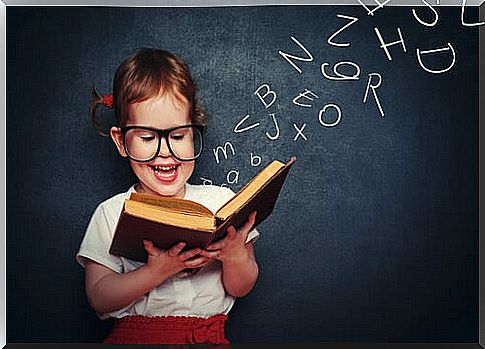
A child who expresses and pronounces words well and understands what is being said is ready to learn to read. If you understand concepts such as ‘down’, ‘up’, ‘before’, ‘after’, ‘left’ or ‘right’, the beginning of the reading will be easier.
When you are able to trace with your hand while controlling the pressure on the pencil, the onset may be imminent.
From the teaching of letters and sentences, to proposals that encourage imagination and creativity, the options are varied. The important thing is to accompany the children taking into account their own rhythm and help them in this process without putting pressure on them at any time.
